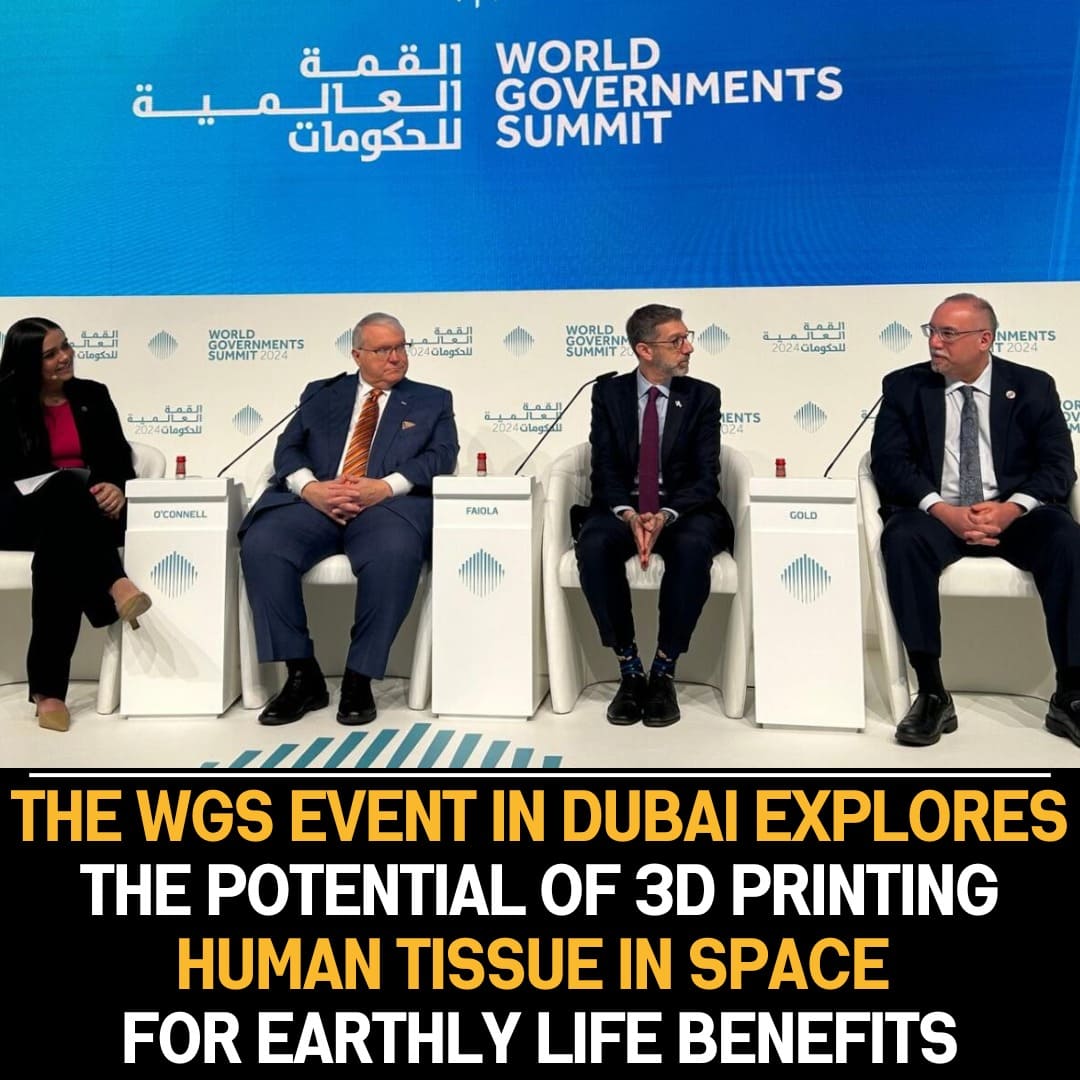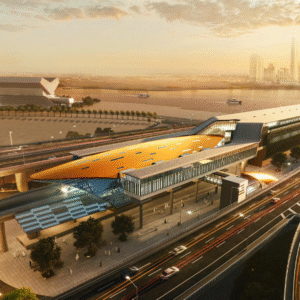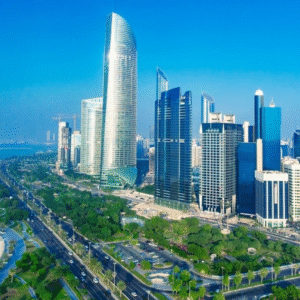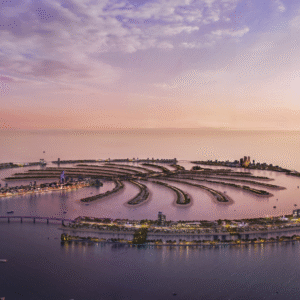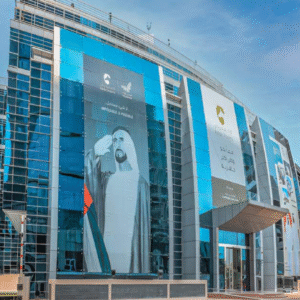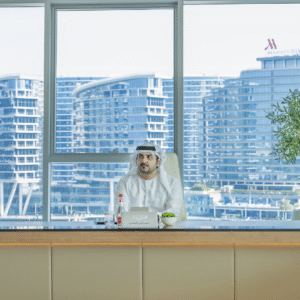In a groundbreaking initiative, the World Government Summit (WGS) in Dubai has shifted its focus to explore the transformative potential of 3D printing human tissue in space. This visionary endeavor aims not only to revolutionize space exploration but also to derive practical benefits that could significantly impact life on Earth. The innovative approach of utilizing 3D printing technology for human tissue holds immense promise for medical advancements and could usher in a new era of healthcare breakthroughs.
The WGS event, hosted in the vibrant city of Dubai, serves as a global platform for leaders, thinkers, and innovators to discuss and shape the future. This year’s unique emphasis on 3D printing human tissue in space underscores the intersection of technology, space exploration, and healthcare innovation.
The core objective of this initiative is to leverage the microgravity environment of space to enhance the 3D printing process for human tissue. Researchers and experts believe that the unique conditions in space could lead to more precise and efficient tissue development. By examining the behavior of cells in microgravity, scientists anticipate gaining valuable insights that can contribute to refining the 3D printing techniques for creating complex human organs and tissues.
Beyond the realm of space exploration, the practical benefits of this endeavor for life on Earth are substantial. The successful implementation of 3D printing human tissue could address critical challenges in organ transplantation and regenerative medicine. Currently, the demand for transplantable organs far exceeds the available supply, leading to long waiting lists and unfortunate outcomes for many patients. The ability to produce functional and viable organs through 3D printing has the potential to revolutionize organ transplantation, mitigating the organ shortage crisis and saving countless lives.
Moreover, the insights gained from studying cell behavior in microgravity could have far-reaching implications for understanding diseases and developing targeted treatments. This innovative approach aligns with the broader goal of advancing medical research and technology, paving the way for more effective and personalized healthcare solutions.
In conclusion, the WGS event in Dubai has taken a pioneering step by placing a spotlight on the exploration of 3D printing human tissue in space. This ambitious venture not only signifies a new frontier in space technology but also holds immense promise for addressing pressing healthcare challenges on Earth. As the research and development progress, the collaborative efforts of scientists, space agencies, and medical professionals may usher in a future where 3D-printed organs become a reality, transforming the landscape of healthcare and offering hope to millions worldwide.

